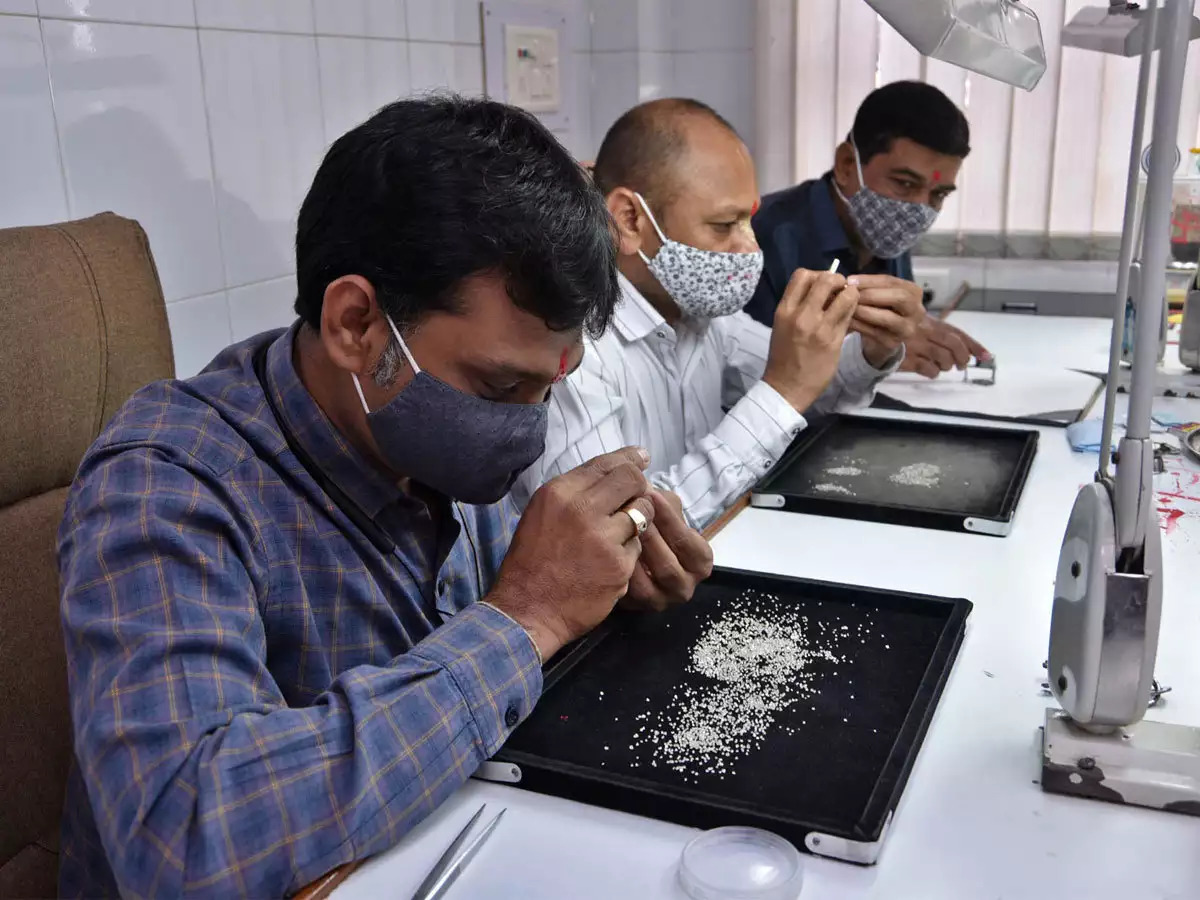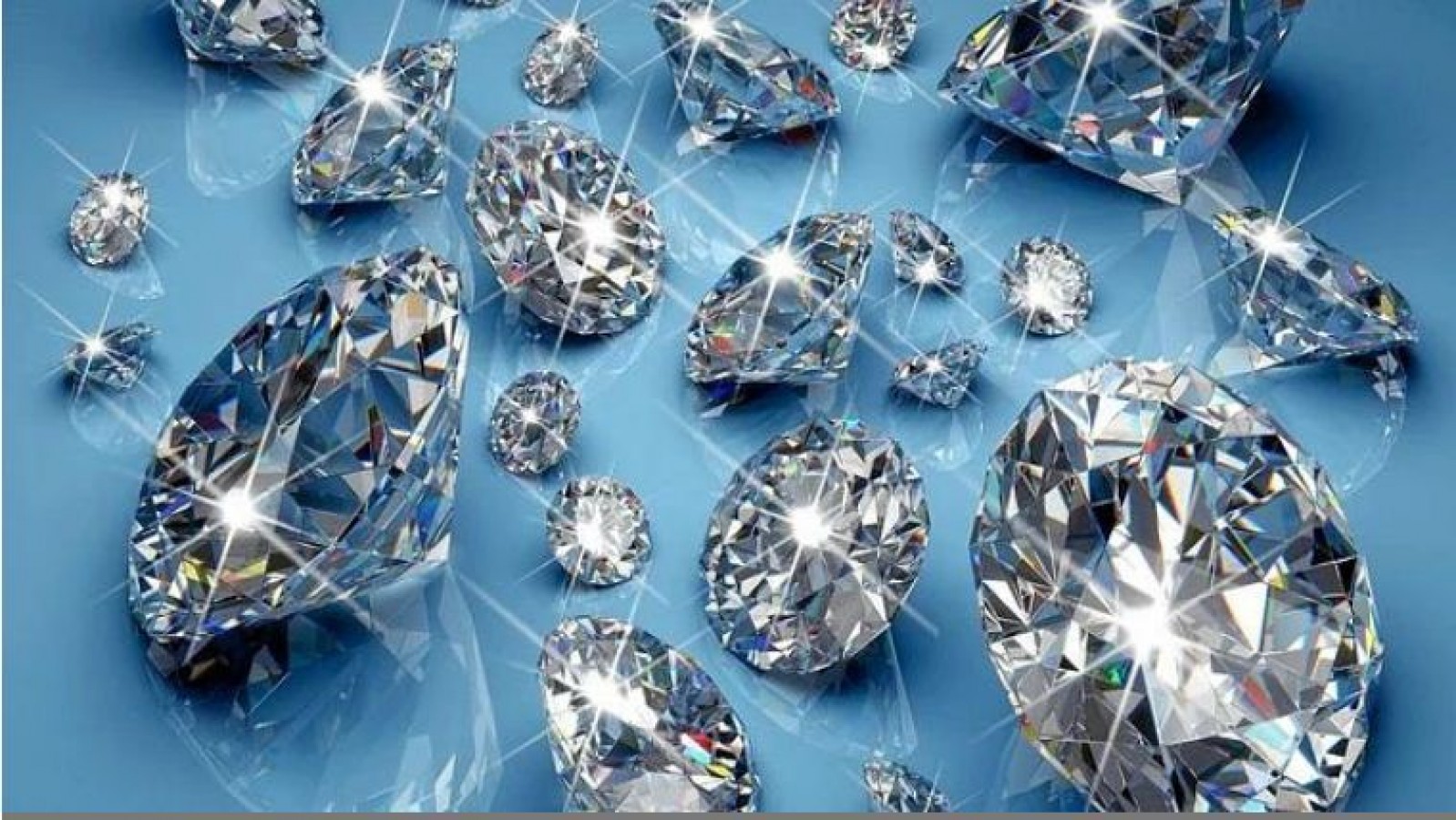The Diamond Industry: A Focus on Domestic and Emerging Markets in 2023

The Diamond Industry: A Focus on Domestic and Emerging Markets in 2023
According to sources, the worth of diamonds after grading, cutting, and polishing was $ 29.7 billion in 2019, with 142 million carats produced globally, totalling $ 13.9 billion.
The Indian diamond industry is prepared to shift its focus to domestic markets and new emerging markets in ASEAN countries to unlock their untapped demand. This is done to offset the impact of decreased demand from key markets like the US and the European Union due to concerns that diamonds originating from Russia may be banned.

The conclusion of the continuing negotiations on the prospects of the diamond business, including diamonds coming from Russia, is currently being determined, according to Vipul Shah, Chairman of the Gem and Jewellery Export Promotion Council, who spoke to FE. The Western nations’ aims are clear—they do not want to support the Russian diamond industry financially. The government and businesses are attempting to develop the specifics of an impenetrable system for determining the traceability of diamonds.
He continued, “There is also ongoing ambiguity around whether or not the US and other wealthy economies would implement a ban. If and when this occurs, we are poised to shift our attention to new and rising markets, such as the ASEAN nations, Vietnam, and Cambodia. Two thousand one hundred customers from 69 countries attended the recently completed India International Jewellery Show, and more than Rs 50,000 crore worth of business was done there.
“The demand from the US and Chinese markets is currently lower than expected. However, the positive response from other nations to our recent international exhibition in Mumbai’s Goregaon neighbourhood suggests that these are markets with significant potential, continued Shah.
According to reports, one hundred forty-two million carats of diamonds were produced globally in 2019, valued at $13.9 billion, but the value after grading, cutting, and polishing was $29,7 billion. The current value of the world jewellery market is $79 billion.
One of the world’s top three largest diamond-producing firms, De Beers Forevermark’s Amit Pratihari, stated, “The inflationary trends and geo-political instabilities around the world are influencing the worldwide diamond market. However, because the Indian market is our primary emphasis, we are not concerned about this. De Beers says the Indian diamond market is in a favourable situation. Since 2018, the De Beers Forevermark business has been expanding steadily, averaging 10% to 20% growth yearly.
He remarked, “The Indian diamond industry is distinctive in many aspects, and we anticipate high demand over the approaching festival season. For instance, a diamond is considered a luxury good and an investment possibility. Indian culture includes jewels, albeit diamond jewellery hasn’t yet reached its full potential. De Beers is concentrating on India’s enormous unmet demand for diamond jewellery.

Pratihari stated, in response to the growing discussion around a diamond’s traceability, “Consumers are more sensitive to the origins of the items that they consume. Diamond is no different from that. We at De Beers have an “origin Programme” in light of this.
Through this programme, it is made sure that the diamonds are sold with a certificate of origin. Every De Beers diamond can be traced back to the mining nation where it was obtained. Tracking a diamond’s head is becoming more accessible thanks to emerging technology.
The top three diamond producers in the world are De Beers (Luxembourg), Alrosa (Russia), and Rio Tinto (British-Australian). More than 60% of the world’s diamonds are produced by these three. The largest diamond deposits are in Russia. Botswana and Canada came in second and third, with 24.5 million carats and 16.3 million carats, respectively, behind Russia, which produced 41.92 million carats of diamonds in 2022.
According to estimates, the market value of Russian diamond output will be $3.55 billion in 2022, compared to $4.7 billion for Botswana.
Historically one of the world’s most lucrative markets, the diamond industry has undergone significant transformations over the past few years. The industry has had to adapt rapidly to the rise of synthetic diamonds, shifting consumer trends, and the global economy’s changing landscape. In this article, we delve into the key trends shaping the domestic and emerging markets for the diamond industry in 2023.
Consumer attitudes towards diamonds are changing in traditional domestic markets like the United States and Europe. While the engagement ring market remains robust, there is a noticeable shift towards lab-grown diamonds due to their lower cost and ethical sourcing. Retailers in these regions have increasingly been incorporating synthetic diamonds into their offerings.

The retail landscape is evolving, with e-commerce sales rising sharply. Traditional jewellers invest heavily in their online presence, as younger consumers prefer online shopping. While still important, brick-and-mortar stores are reimagining their roles as experiential spaces.
China and India have emerged as significant players in the diamond industry. Rising incomes, urbanization, and a growing middle class in these countries have increased the demand for diamonds, particularly as symbols of wealth and status.
Several African nations, notably Angola and Botswana, have significant diamond reserves. With improving political stability and increasing domestic wealth, local demand for diamond jewellery is beginning to rise. There is a concerted effort to promote local diamond processing and jewellery manufacturing, reducing export dependency.
Advancements in technology have had a substantial impact on the diamond industry. From blockchain systems for verifying the ethical sourcing of diamonds to new manufacturing technologies for lab-grown diamonds, technology is reshaping the industry at every level.
Today’s consumers are increasingly concerned with the ethical implications of their purchases. This has driven a surge in demand for conflict-free diamonds and those sourced from operations with strong environmental stewardship.
Emerging markets present unique challenges and opportunities for diamond retailers. Companies are learning to navigate diverse cultural attitudes towards diamonds and are developing targeted marketing strategies to appeal to these new consumer bases.
As the diamond industry grows in emerging markets, governments are crafting policies to encourage sustainable development. For example, Botswana has established procedures to add value to its diamond resources by promoting local processing and manufacturing.
![Nothing Lasts Forever Review: This Highly Cinematic Documentary Holds A Loupe Over The Diamond Industry [SXSW]](https://www.slashfilm.com/img/gallery/nothing-lasts-forever-review-this-highly-cinematic-documentary-takes-a-loupe-to-the-diamond-industry-sxsw/l-intro-1646768020.jpg)
The economic health of emerging markets plays a crucial role in the diamond industry’s potential in these regions. While the growing middle class in countries like China and India represents a significant opportunity, economic volatility can severely impact demand.
As the world moves further into 2023, the diamond industry’s success will hinge on its ability to adapt to rapidly changing conditions. This will likely involve embracing ethical and sustainable practices, adapting to the digital retail landscape, and crafting marketing strategies that resonate with diverse and evolving consumer bases in domestic and emerging markets.
The diamond industry in 2023 is at a crossroads. With a changing domestic market and significant potential in emerging markets, companies must be agile and forward-thinking to seize opportunities and navigate challenges. Sustainability, technology, and a nuanced understanding of diverse consumer bases will likely be the keys to success in this new era for the diamond industry.





